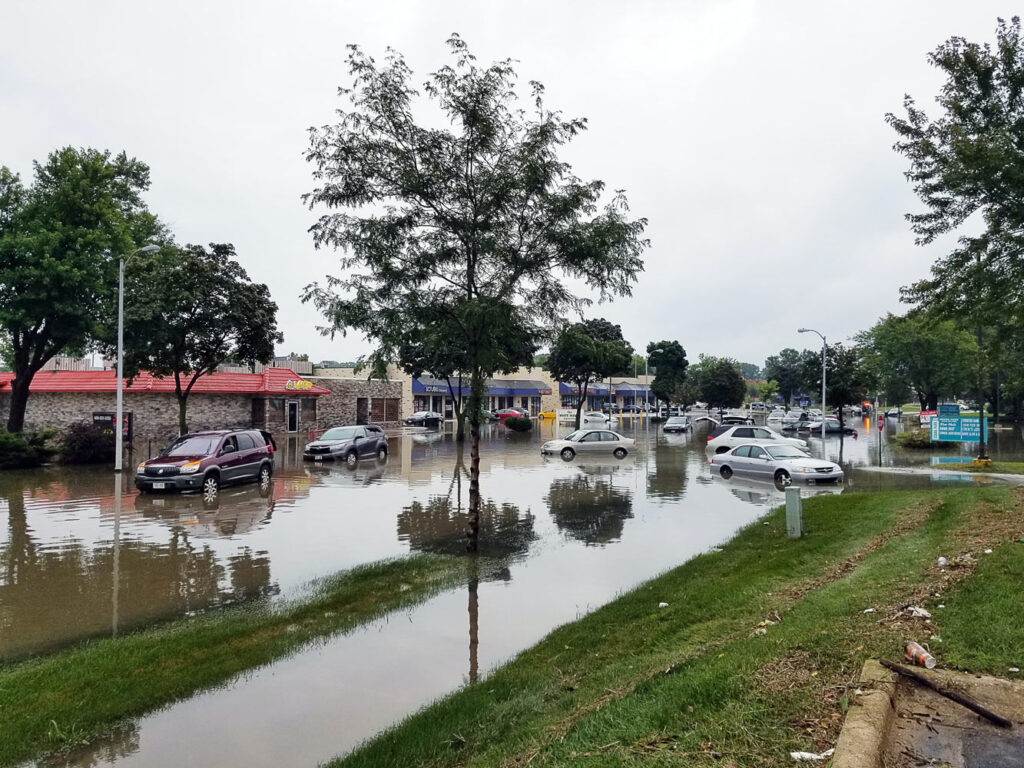Essential Steps in a Community Flood Prevention Plan
Creating a flood prevention plan is vital to protecting your community during an emergency. Find out what you should include in your plan.

Flooding can have devastating consequences on homes, infrastructure, and the overall well-being of a community. As communities face the increasing challenges of climate change and extreme weather events, the need for robust flood prevention plans is becoming even more important.
What Is a Flood Prevention Plan?
A flood prevention plan is a strategic and organized approach to mitigating the impact of flooding on a community. It involves a combination of risk assessments, mitigation strategies, and recovery plans.
A well-crafted flood prevention plan not only minimizes the risks associated with flooding but also enhances the community’s ability to respond effectively in times of crisis.
Steps to Building a Flood Prevention Plan
Perform a Risk Assessment
A risk assessment often starts with conducting professional studies that will identify flood-prone areas. This can involve combing through historical records to see where past floods caused the most damage and learning how flood management plans held up. It should also look at the terrain, existing bodies of water, urban and rural drainage systems, and other factors that could affect what a potential flooding scenario could look like.
Check the Early Warning Systems
An effective early warning system for flooding can save lives and give your flood management team time to respond by evacuating the area and deploying flood barriers to protect homes, businesses, and infrastructure.
There are a range of ways to spot flood risks before it becomes too late, including being in constant contact with your local weather service, and deploying rain gauges that can send updates every few minutes. It’s also important to ensure that your monitoring systems at dams, drainage hubs, beaches, and riverbanks are working effectively.
Educate the Public
Building a detailed map of the area with information on what a potential flood scenario would look like will not only help your team plan flood management efforts, it can be a vital tool for the citizens of your community. Ensure that your residents are well aware of the areas of potential risk and what they should do if flooding occurs.
If you are in a particularly flood-prone area, it’s a good idea to have programs that educate children in your school districts on what they should do in a potential flooding situation. Discuss with them the details of what to do if there is flooding in their home and how to interact with first responders during an emergency. You should also educate them on your local flood plan, including where they should go and who they should contact when they need help.
Develop Effective Flood Protection
Ensuring that you have the right equipment and training is key to minimizing damages from flooding. You’ll want to employ a variety of flood protection strategies, including levees, erosion control, seawalls, and stormwater containment. Having flood barriers that can be installed quickly and that have the flexibility to be deployed in a range of different scenarios is a great way to make sure you’re prepared when the time comes.
Work with Your Insurance Company
Your insurance company is a key asset in creating a flood prevention plan since it is in their best interest to ensure that any damage you receive is mitigated as much as possible. Insurance companies have spent millions of dollars creating processes, tools, and resources that their government clients can use when creating a flood prevention plan. Be sure to contact your insurance agent to ask them about the latest resources they have available.
Train Staff and Volunteers
Not only should your staff be fully trained in how to prepare for a potential flooding event, but people in your local community should be as well. It’s essential to work with local leaders and organizations to determine how the community can come together to support one another in case of a flood.
Do local community centers and religious organizations have supplies available that they could distribute in case of a flood? Do they have the necessary equipment needed to house people temporarily until help arrives or the flood subsides? Creating a committee that brings together local community leaders is a great way to generate ideas and create buy-in.
Get a Free Quote on TrapBags
Do you need flood barriers that you can quickly and easily deploy during a flooding emergency? Reach out to the team at TrapBag to learn how our specially engineered flood barriers can protect your community.
Meet the author
Get the Dirt Before the Flood Hits
Stay ahead of flooding, erosion, and disaster response challenges. The Dirt, TrapBag’s monthly newsletter, delivers field-tested tips, real-world case studies, and the latest in barrier technology straight to your inbox.

